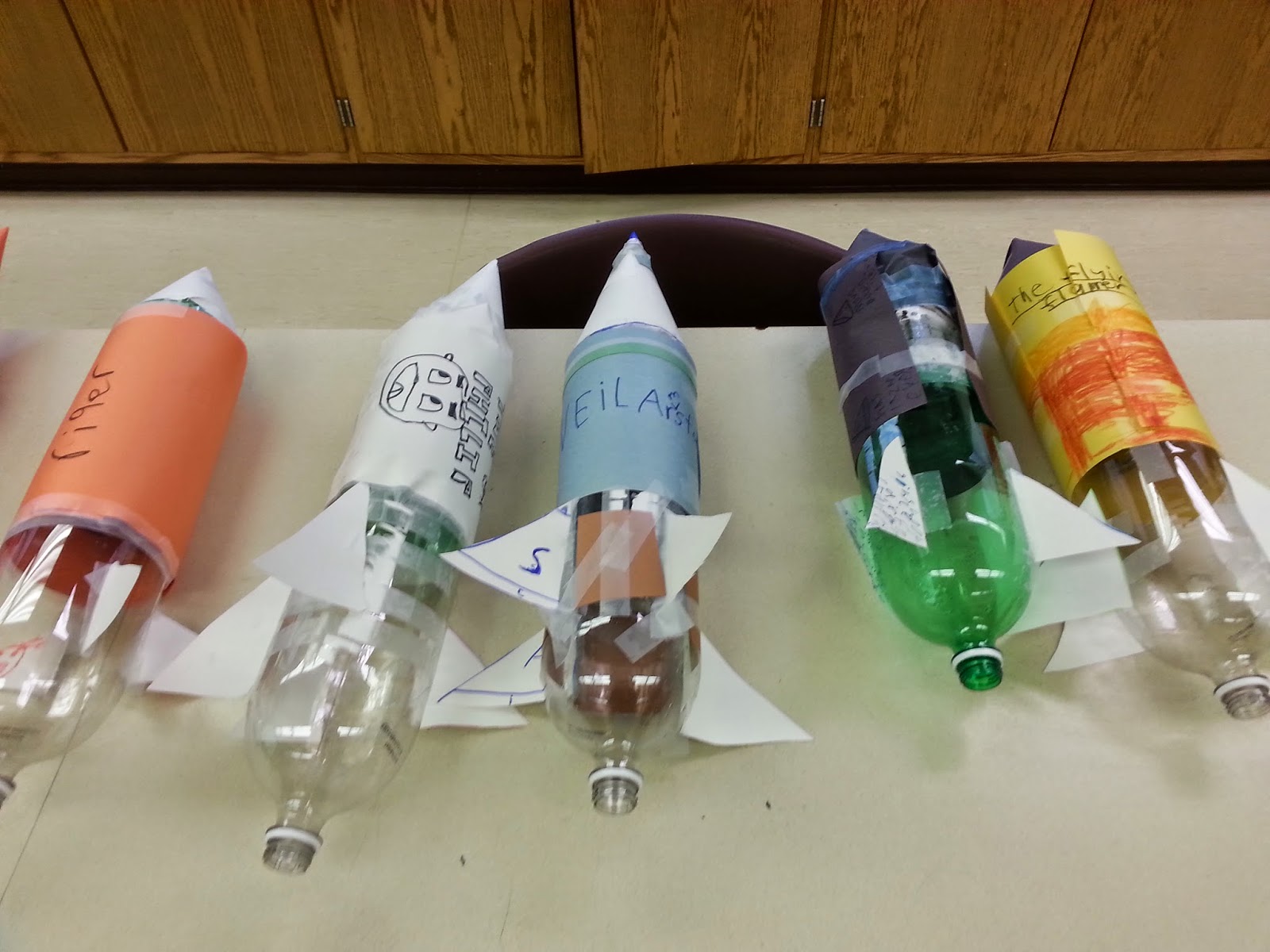NCEA L2 Physics - Mātai Ahupūngao
Course Description
Teacher in Charge: Dr M. Harvey.
The study of nature and the properties of matter and energy, level 2 Physics explores the theories and principles involved in the physical world, in all its glory. We try to understand how the universe behaves so we can make predictions about our world.
Topics you will learn about include:
The forces involved in the physical world. such as gravity and tension. Projectile motion involved in everything from the movement of rockets to rugby balls. Linear motion of vehicles and objects moving in a straight line, like you are running towards your physics lesson. Momentum and its applications like collisions and explosions. Conservation of energy between the two major forms of energy, stored energy and the energy of movement and torque or balancing forces on a beam or on bridges.
Static electricity which is when electric charge does not move. The principles of DC electricity which is the electricity we use in simple circuits with batteries. Electric fields which the electric force charged particles experience and move in. Using electrical components to build circuits like electric motors and generators. Electromagnetism where electricity creates magnetic force and also the other way round. What makes up the atom and how that relates to nuclear radiation.
All students experience using experimental data to explore and analyze the relationship between physical properties in the universe. Like the conservation of momentum like the skateboarder below.

By the end of the course, you will know about the principles of
Using equations to calculate how fast you are going, how far you are travelling and how your speed is changing. Energy conservation between different forms of energy like electricity and sound. Momentum conservation when objects collide or explode. Vectors calculations used for sailing or rocketry. Projectile motion to predict how rockets move, or objects fall and balancing forces like weight and tension on a bridge with torque and equilibrium.

Building simple circuits where electrons are used to different tasks. Electric charge of particles and how they form. Creating electricity with magnets and magnetic forces with electricity. What voltage, current and resistance means when discussing electrical circuits.
You will also develop and understanding of how atoms break up to create radiation and what is inside an atom.

If you are interested in trying to understand the physical world through experiment, then this is your subject!
Course Overview
Term 1
We will be exploring the mathematics of physics and using physics concepts like waves and mechanics to look at the mathematical relationships between variables in the physical world.
We will also explore the nature of the atom in the nuclear physics internal.
Term 2
This term will focus on mechanics, in particular,
Motion:
constant acceleration in a straight line
free fall under gravity
projectile motion
circular motion
Force:
force components
vector addition of forces
unbalanced force and acceleration
equilibrium
centripetal force
force and extension of a spring.
Momentum and Energy:
momentum
change in momentum in one dimension and impulse
impulse and force
conservation of momentum in one dimension
work
power and conservation of energy
elastic potential energy
Term 3
In this term, we will explore the electrical standard, in particular,
Static Electricity:
uniform electric field
electric field strength
force on a charge in an electric field
electric potential energy
work done on a charge moving in an electric field.
DC Electricity:
parallel circuits with resistive component(s) in series with the source
circuit diagrams
voltage
current
resistance
energy
power.
Electromagnetism:
force on a current carrying conductor in a magnetic field
force on charged particles moving in a magnetic field
induced voltage generated across a straight conductor moving in a uniform
magnetic field.
Term 4
We will be revising the last two terms to get you prepared for the external examinations!
Recommended Prior Learning
To study physics you need a good understanding of mechanics, electricity and mathematics - in particular algebra and trigonometry. It would be a good idea to have achieved at least 10 credits in a science (BCS1 or ESP1), although if you are willing to work hard and study you should still be able to join the course.
All students opting to take PHY2 will need to complete an online course after the year 11 externals. This will go through basic rearranging of formulae as well as some key ideas on energy. It is important to complete the course to ensure you can pass physics at level 2.
If you have any questions, Dr Harvey is here to help.
Pathway
Assessment Information
Nuclear 3 Credits InternalPractical Investigation 4 Credits Internal
Mechanics 6 Credits External
Electricity 6 Credits External
Credit Information
You will be assessed in this course through all or a selection of the standards listed below.
This course is eligible for subject endorsement.
External
NZQA Info
Physics 2.1 - Carry out a practical physics investigation that leads to a non-linear mathematical relationship
NZQA Info
Physics 2.4 - Demonstrate understanding of mechanics
NZQA Info
Physics 2.5 - Demonstrate understanding of atomic and nuclear physics
NZQA Info
Physics 2.6 - Demonstrate understanding of electricity and electromagnetism
 Marlborough Boys’ College
Marlborough Boys’ College
